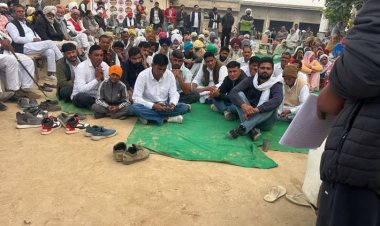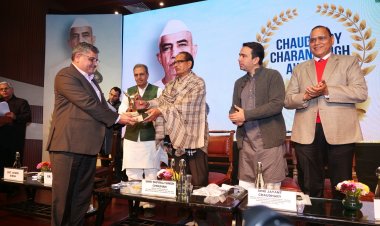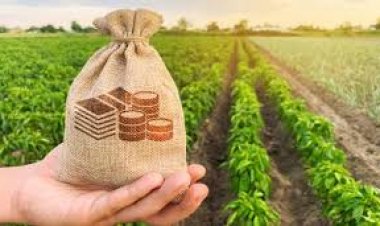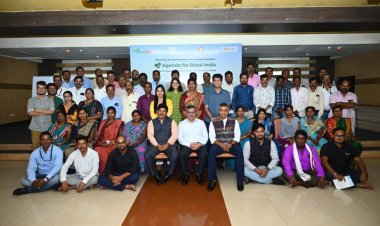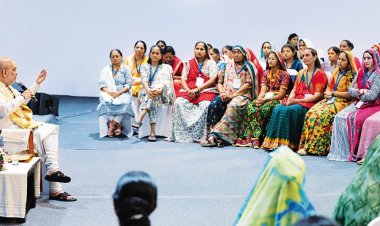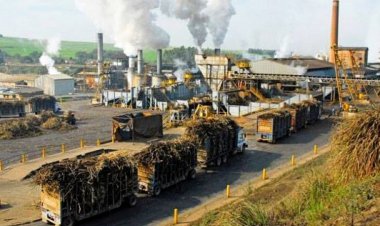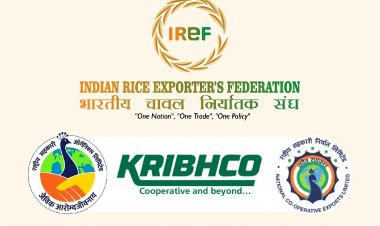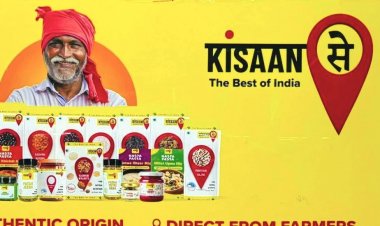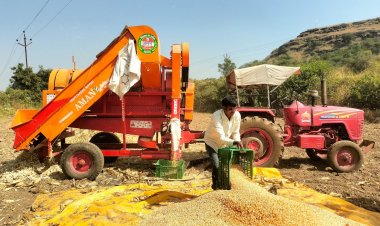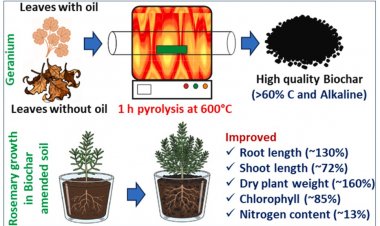Stocks of DAP and MOP even less than half of those earlier; NPK prices not to be rolled back fully despite increase in subsidy
According to government data, as of September 30, 2021, the stocks of DAP and MoP were even less than half in comparison to those last year. As a result, the farmers have to struggle with the crisis of their availability. However, the government has decided to grant an additional subsidy of Rs 100 per bag on three grades of NPK — 12:32:16, 10:26:26 and 20:20:0:13. Despite this, the increased NPK price will not be rolled back fully. Companies are fixing the prices of NPK 12:32:16 grade at Rs 1,450 and Rs 1,470 per bag (50 kg). But thanks to the increase in the subsidy, a DAP bag will be available at the older price of Rs 1,200.

It may take some time for the availability of complex fertilizers to improve after the central government’s decision to increase the subsidy on them. According to government data, as of September 30, 2021, the stocks of Diammonium Phosphate (DAP) and Muriate of Potash (MoP) were even less than half in comparison to those last year. As a result, the farmers have to struggle with the crisis of their availability. The stocks of urea and, among complex fertilizers, those of Nitrogen, Phosphorus and Potash (NPK) grade are less than those last year, but they have not witnessed too steep a decline. There are reports of the scarcity of these fertilizers in several states, including Uttar Pradesh (UP), Haryana and Madhya Pradesh (MP), as the sowing of Rabi crops has started.
The DAP price will continue at Rs 1,200 per bag (50 kg) as the government has granted additional subsidies on DAP and three grades of NPK. But a complete rollback of the increase made by the companies in the prices of some grades of NPK is not possible. According to fertilizer companies, the prices for NPK 12:32:16 grade will be Rs 1,450 and Rs 1,470, a price higher than that before the increase.
The government may not admit directly that there is a shortage, but the farmers are facing difficulties due to the fertilizer stock situation. As of September 30, 2021, the country’s DAP stock stood at 20.75 lakh tonnes (lt) while it was 50.23 lt on the same date last year. The NPK stock, too, stood at 32.41 lt as of September 30 in comparison to 36 lt last year. Again, the MoP stock, as of September 30, 2021, stood at 9.63 lt as against 20.24 lt last year. The urea stock, however, has not shown much of a decline. Compared to 55.90 lt on the same date last year, the urea stock stood at 52.45 lt on September 30 this year.
Fertilizer stocks in the country on September 30 (in lakh tonnes)
2021 2020 2019 2018
MoP 9.63 20.24 22.86 15.90
Urea 52.45 55.90 68.85 68.96
DAP 20.75 50.23 65.96 47.98
NPK 32.41 36.00 51.42 40.68
Source: Department of Fertilisers
Among the decontrolled fertilizers, the government has decided to grant additional subsidies on DAP and three grades of NPK. Farmers will continue to get the DAP bag (50 kg) at the older rate of Rs 1,200 due to the additional subsidy of Rs 438 on each bag. However, the government has decided to grant an additional subsidy of Rs 100 per bag on three grades of NPK — 12:32:16, 10:26:26 and 20:20:0:13. No doubt, companies are reducing the increased price of Rs 1,700 per bag after the government granting additional subsidies. But this is not a rollback of the full increase in the price. Industry sources say that companies are fixing the price of a bag (50 kg) of NPK 12:32:16 grade at Rs 1,450 and Rs 1,470. A cooperative institution was selling it at Rs 1,185 until now, but it is now increasing the price to Rs 1,450 per bag. Which is less than what other companies will charge. This price increase is being brought about after constantly suffering losses at the older price.
An official from a fertilizer company told RuralVoice that for several months, they had been incurring losses of Rs 80 crores a month due to the high price of DAP raw material. However, with the government granting an additional subsidy of Rs 438 per bag on DAP, it is now possible to sell it at Rs 1,200 per bag.
In the memorandum issued by the Department of Fertilizers after the Cabinet Committee on Economic Affairs (CCEA) decision, no change has been made in the subsidy rates of Nitrogen (N), Phosphorus (P), Potash (K) and Sulphur (S) under the Nutrient-Based Subsidy (NBS) scheme and they have been kept at the levels of the notification issued on May 20, 2021.
Fertilizer industry sources say that the government wants the fertilizer companies not to increase their prices and, instead of focusing on profits, make the fertilizers available to the farmers at fair prices. This is feasible in the case of DAP, for which the government has decided to grant an additional subsidy of Rs 438 per bag. But this feasibility does not hold good in the case of NPK 12:32:16. Before October, companies were selling NPK of this grade at Rs 1,185-Rs 1,300 per bag. However, several companies had raised its price to as high as Rs 1,700-Rs 1,750 per bag since the beginning of October.
In its meeting held on October 12, the CCEA decided to grant extra subsidies on DAP and three grades of NPK. Besides, it was decided to continue for the Rabi season beginning October with the subsidy that had been increased on phosphatic fertilizers in May. Also, the government has decided to grant an additional subsidy of Rs 5,716 crore for DAP and Rs 837 crore for the three grades of NPK. It is estimated that this would lead to an additional financial burden of Rs 35,115 crore on the government. A press release issued by the Ministry of Fertilizers said that the net fiscal burden of subsidy in the Rabi season after savings would come to Rs 28,655 crore.
Meanwhile, there are reports from various parts of the country of struggling with fertilizer scarcity. Said Arvind Kumar, a farmer from Kansepur village in Saharanpur district, to RuralVoice, “I have been running to the cooperative fertilizer sale centre of my village in Tabbar, but there is no stock of DAP or urea there.” He says that a similar situation prevails in the nearby town of Nakur. DAP, NPK and MoP are required while sowing wheat or potato in the Rabi season while urea is required 25-30 days after sowing the crop.
If the availability situation of complex fertilizers does not improve, it may impact the production of Rabi crops. In an interview with RuralVoice, an official of one of the largest fertilizer companies in the country admitted that the availability situation was not normal. He says that both the import and the production have been affected due to the late decision regarding subsidy, because the prices of fertilizer raw materials — phosphoric acid, ammonia and potash — have witnessed a steep hike of 80-90 per cent in the international market over the last year or so.



 Join the RuralVoice whatsapp group
Join the RuralVoice whatsapp group

















